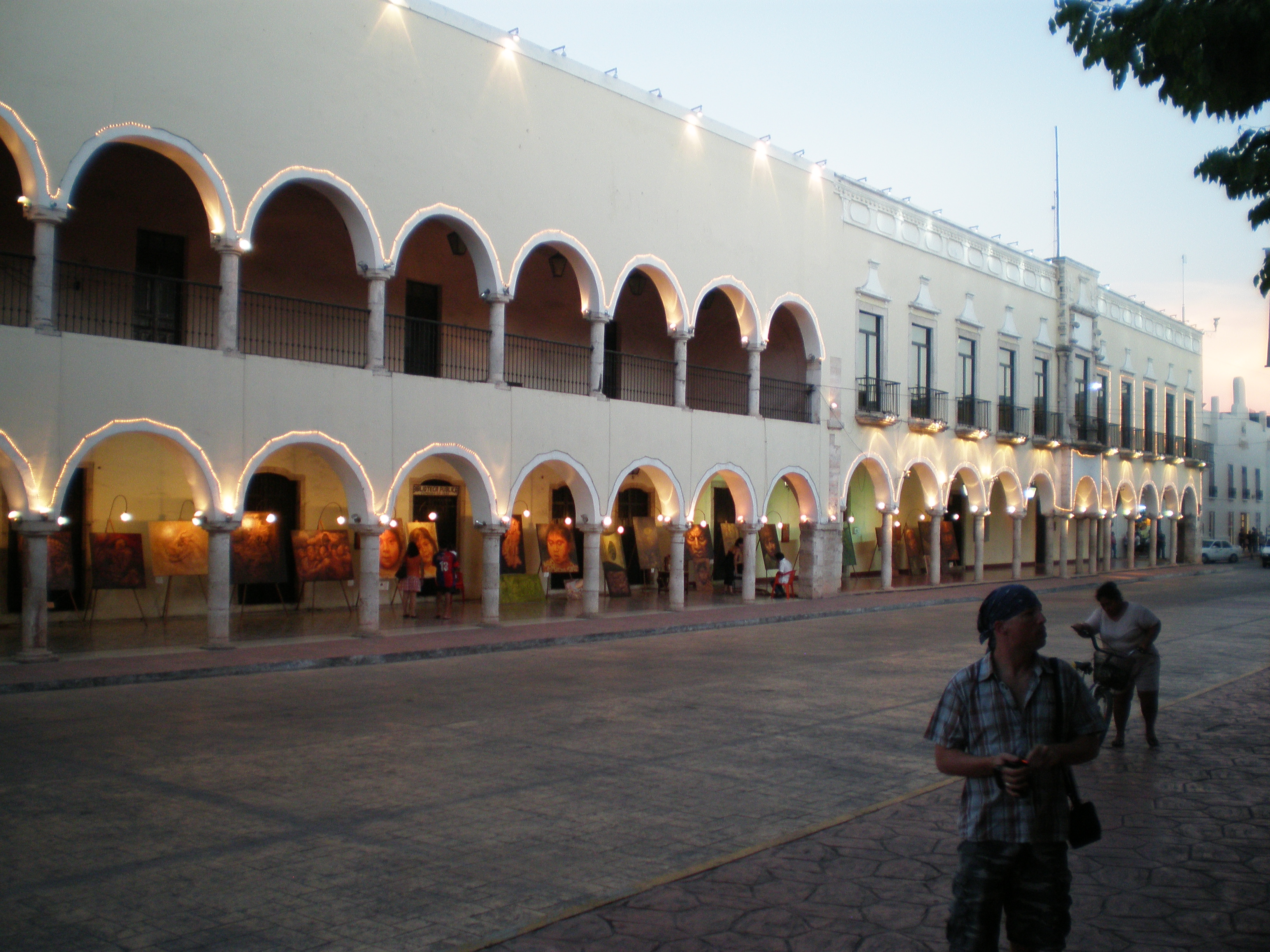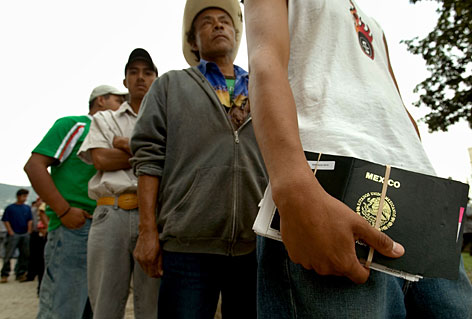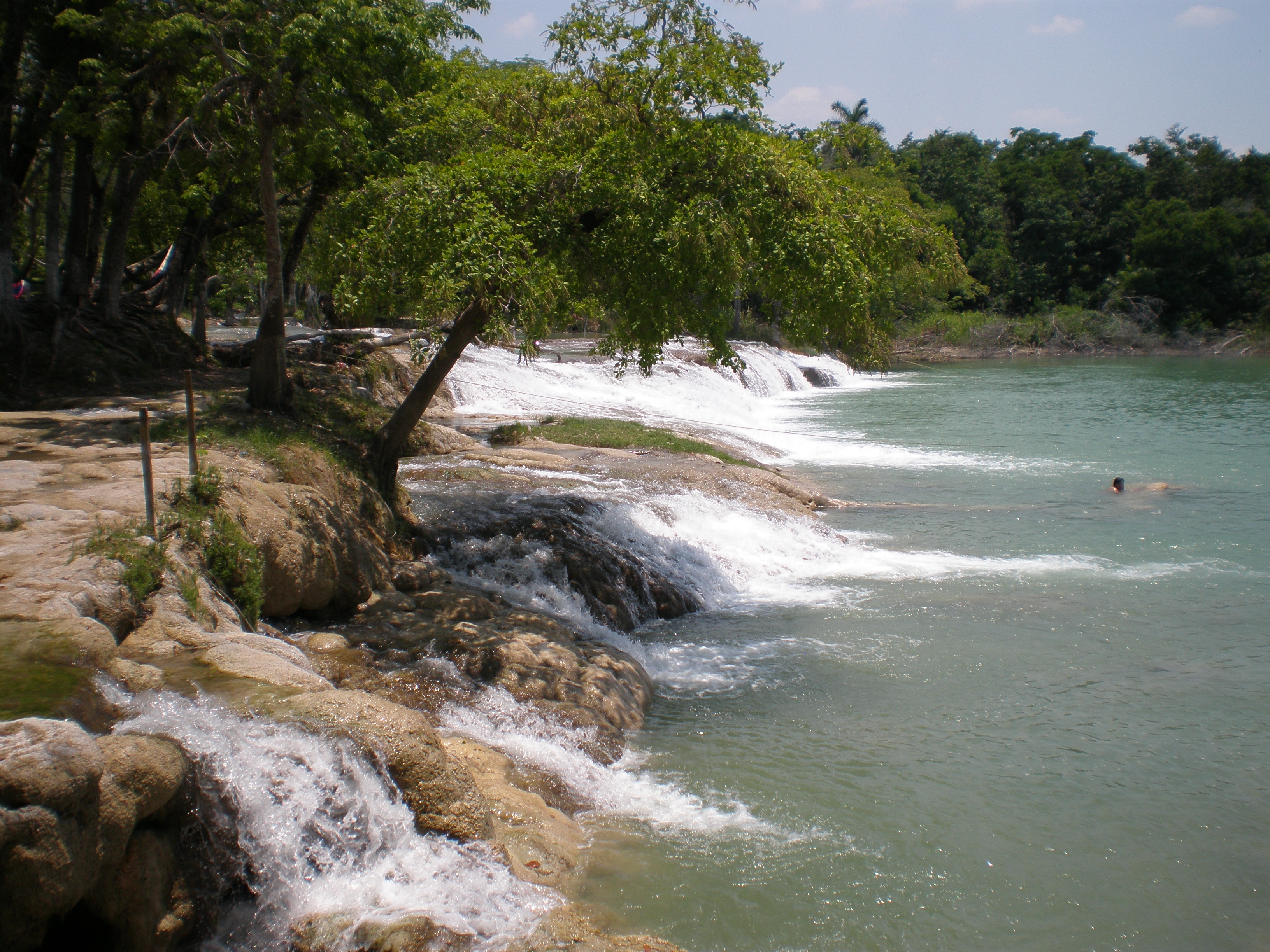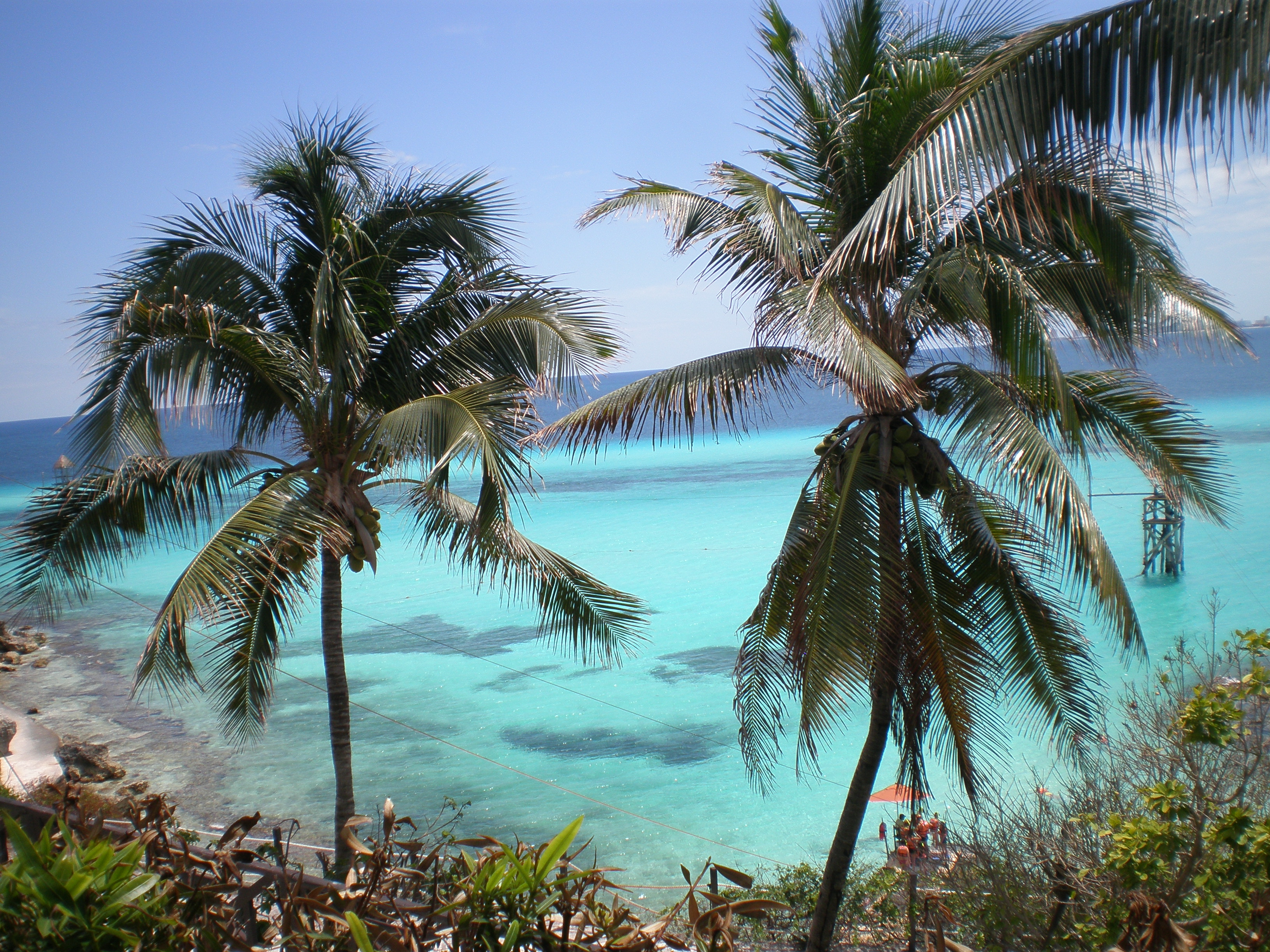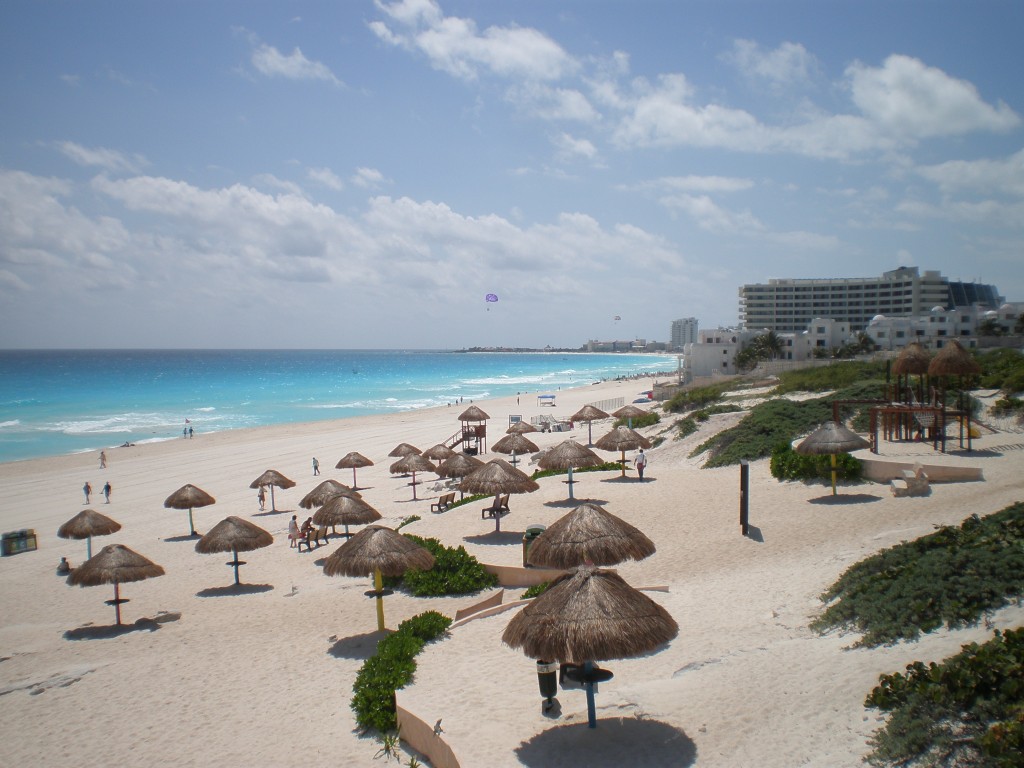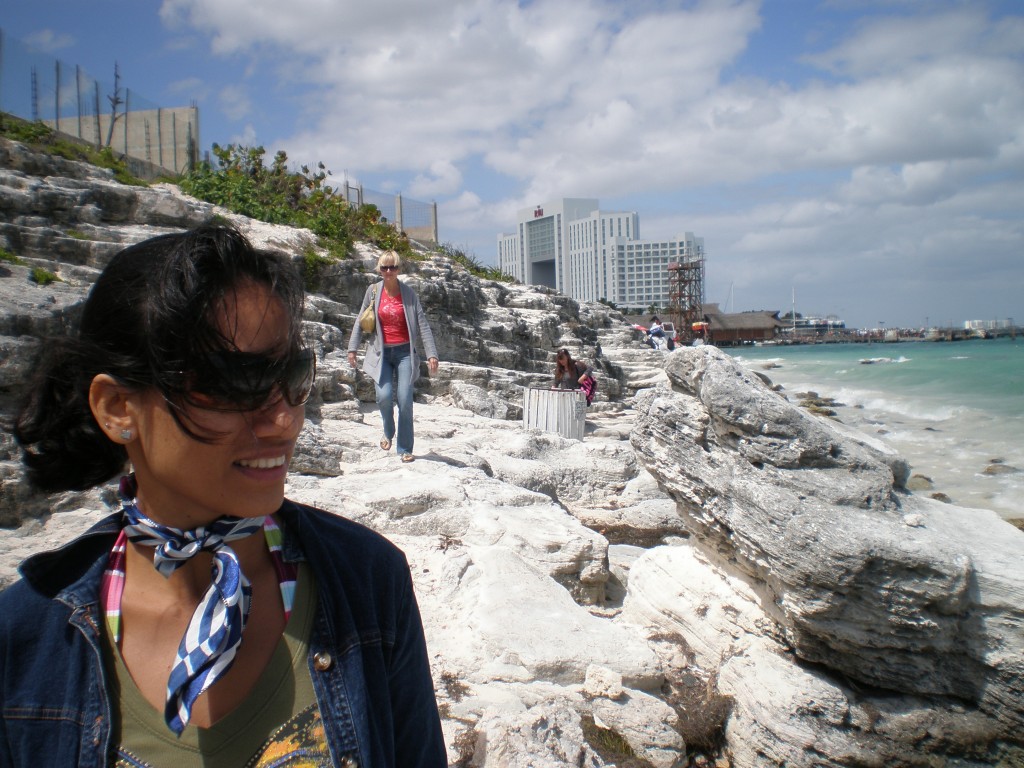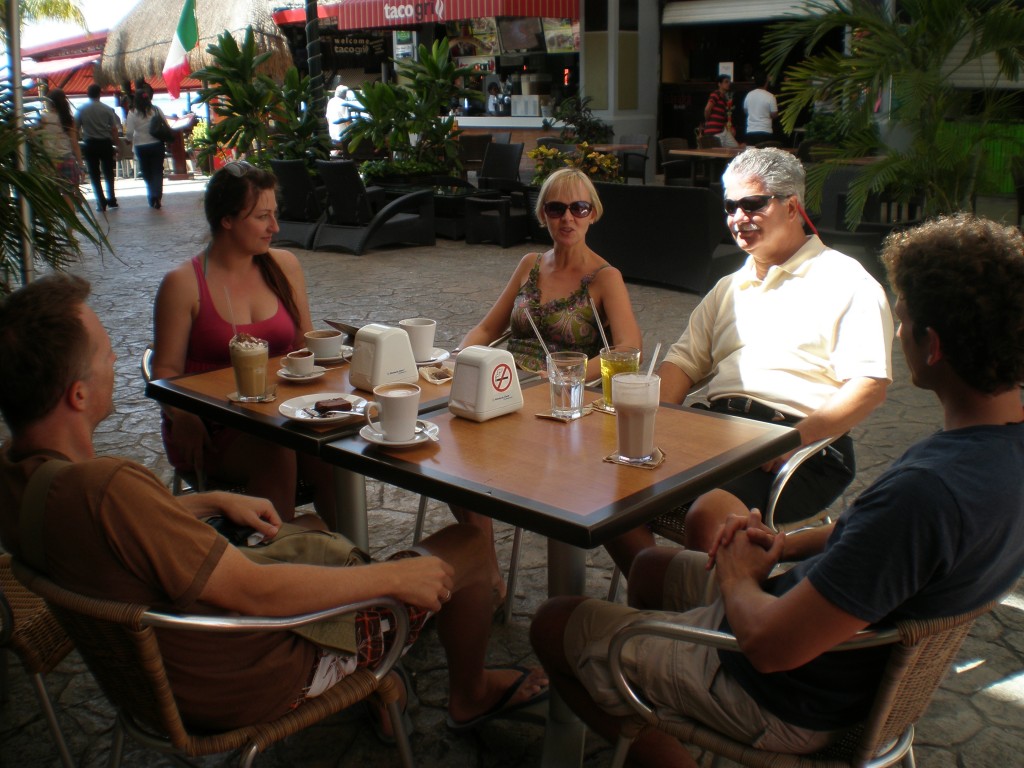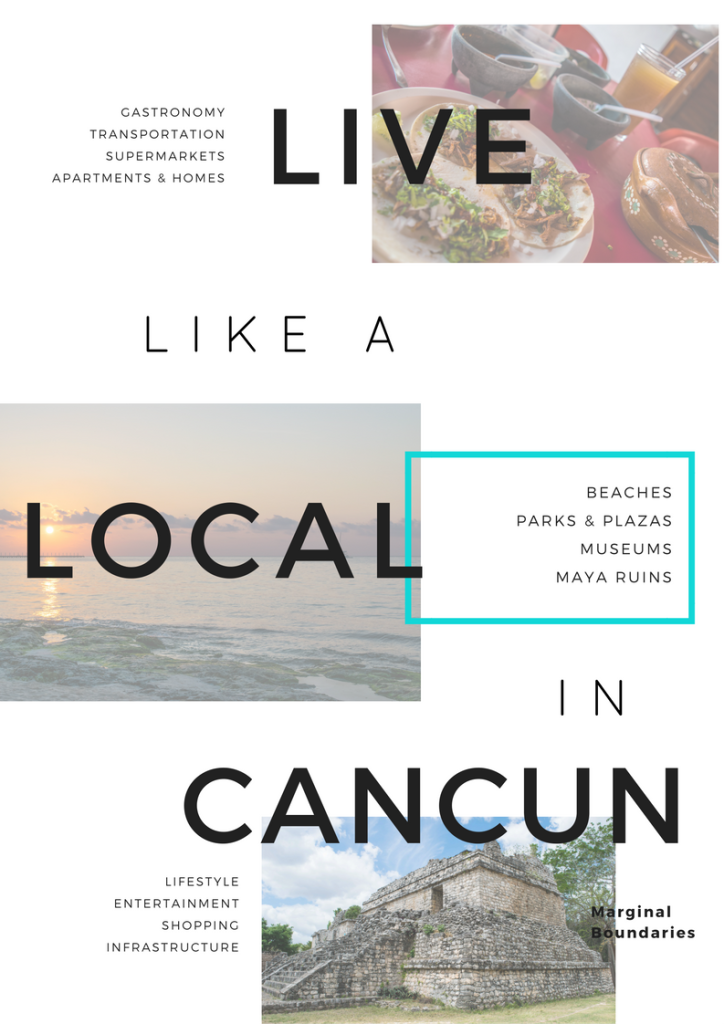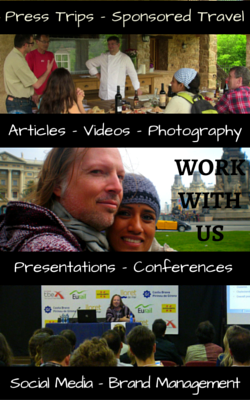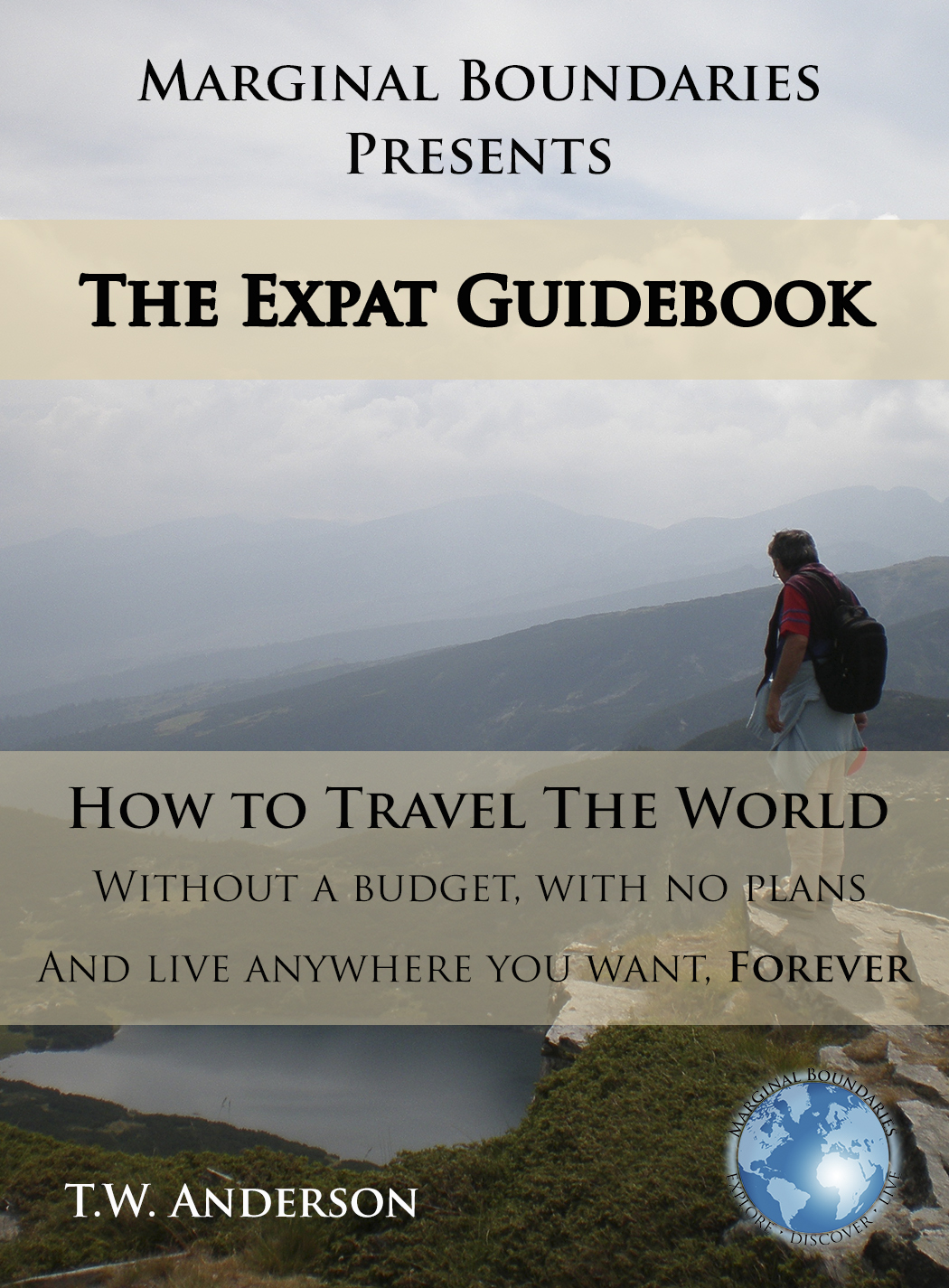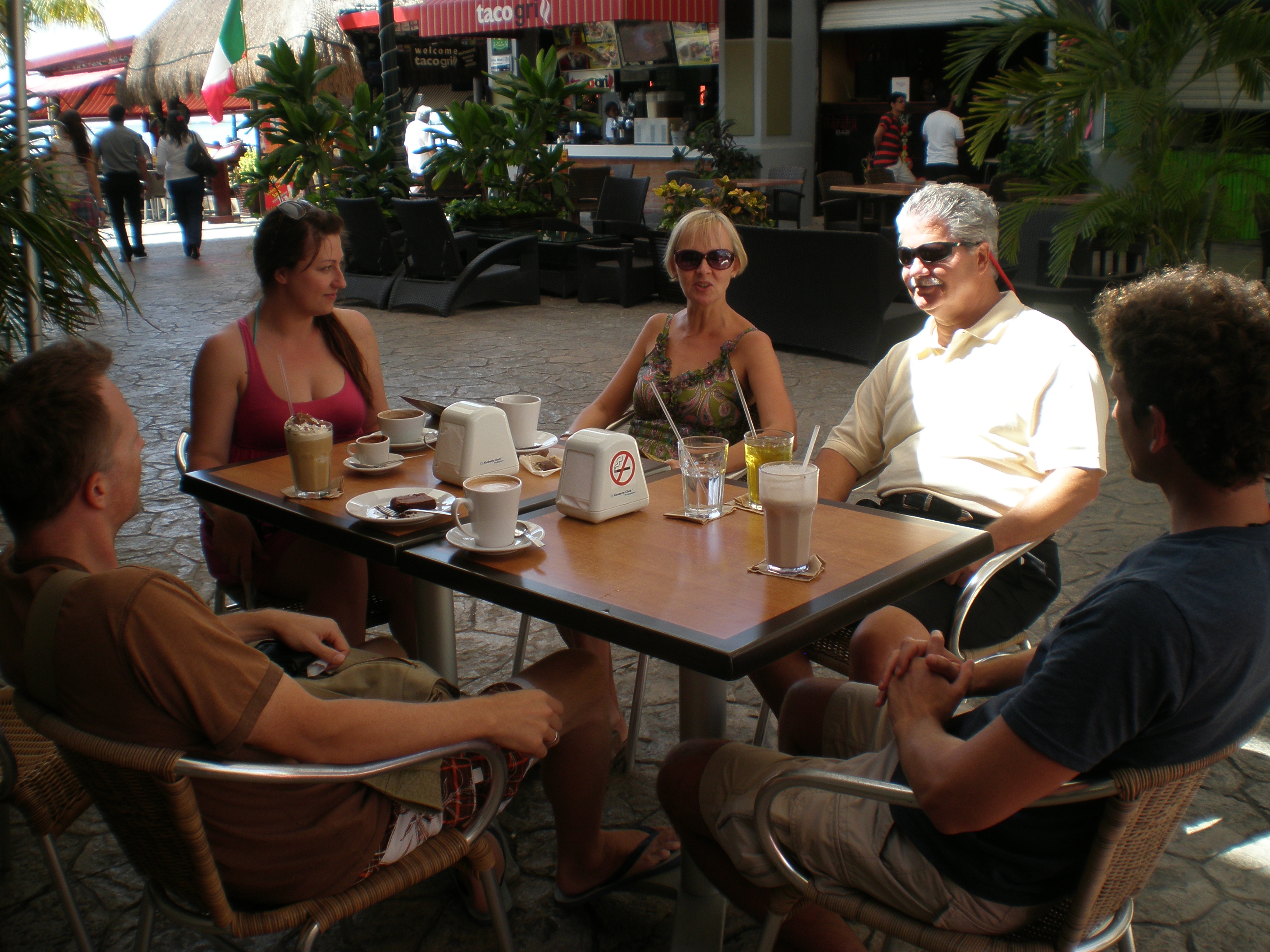
If you’ve ever spent any length of time in Cancun, Mexico, you’ve probably heard of “la isla”, as the locals call it. What they are referring to is the island known as Isla Mujeres, or the Island of Women. It’s a small enough little place, with only around 15,000 inhabitants and clocking in at a mere 7 kilometres (4.3 mi) long and 650 metres (2,130 ft) wide. It’s the perfect day trip given the beauty of the beaches and the relative smallness of the island, which makes it a popular destination with both locals and tourists looking to escape the cluster-fudge that are The Hotel Zone beaches.
Over the years, it’s become one of our favorite hangouts, and Cris and I usually spend at least one weekend per month out on the island. While it can be a bit crowded in the downtown area and Playa Norte (north beach) during the high season due to the amount of tourists, they usually head back to the mainland and Hotel Zone around 5 p.m. in the afternoon, which means if you want to have a quiet island dinner you just wait for the tourists to leave and then hang out with the locals and catch a later ferry back.
Speaking of which, can only get there via ferry, which takes 20 minutes or so from the mainland at Puerto Juarez (or Punta Sam if you are commercial transport or a local with a car), or from the ferry in the Hotel Zone. Only locals are allowed to drive vehicles on the island, which means the ferries are only bringing people over, although the Punta Sam car ferry will transport commercial vehicles with supplies for the island. As of 2013 prices are are 140 pesos round-trip (70 pesos there, and 70 back, or 10-12 dollars depending on the exchange rate), although if you are a resident (of the island) you can get a discount on those prices.
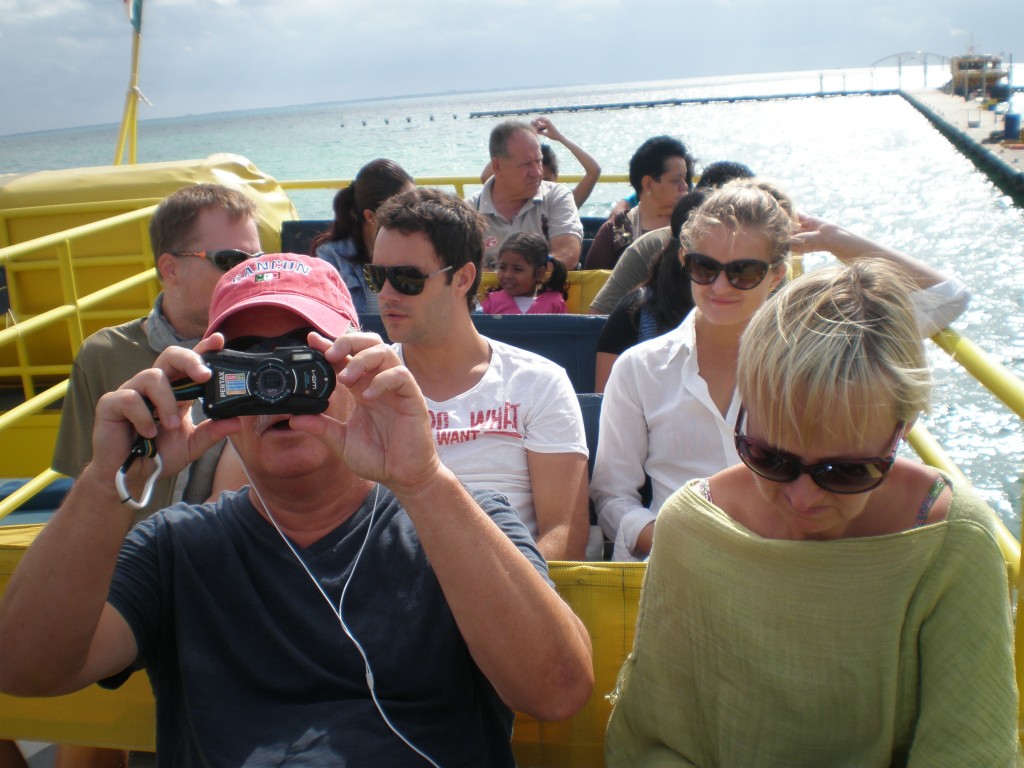
On April 7th, we decided to take our Destination Freedom group out to the island for a day of relaxation and fun away from the headquarters to enjoy the beauty of The Riviera Maya. They’ve been here hard at work since the start of March, and we try and get them out of the house a few times per month to enjoy the area. It’s not all hard work! There’s plenty of fun and games as well, although we do run them pretty ragged in terms of 7-8 hours a day of classes and training to get their Spanish and social media skills going and their brands built up, so these little outings are a well-deserved reward.
After an early breakfast, we hit the ferry where we met up with my buddy Hans from the Pro Web Group and his girlfriend, who is a Russian expat here working for a travel agency alongside other Russians. He runs PSD2HTMLPros, among other sites, and specializes in website development. He’s helped with a few classes during our program and covers some of the basics of development for WordPress sites to help our members tweak their websites on their own for the little things that go into the day-to-day basics of running a WordPress blog.
From there, it was a quick and uneventful ride out to the island where we disembarked and made our way to a local restaurant for the second breakfast, to satisfy the hobbit in all of us. Cris and I shared some French toast and coffee, while Dave and Sophie just had some fruit and tea, and Hans + his girlfriend Anna enjoyed their first breakfast of the day. After that, it was time to get started on finding a golf cart rental agency.
Normally, when it’s high season, you can negotiate a better rate on rentals (as low as 400 pesos for the day down from 500 for the day, which is the normal price), but they were being sticklers on the rates because we are in the middle of low season. Prior to breakfast Anna was able to get them down to 480 per cart, but after breakfast she was able to get them down to 475 for two. Not a huge savings; basically we got $20 USD off for the rental of two golf carts for the day. Note: you have to speak Spanish to get a discount, and it does depend on the time of the year + other factors. I tried negotiating with the first two rental agencies we came across and they wouldn’t budge. Anna has connections in the hotel industry since she’s a travel agent, and she did some well-timed name-dropping to get them to drop the rates a little.
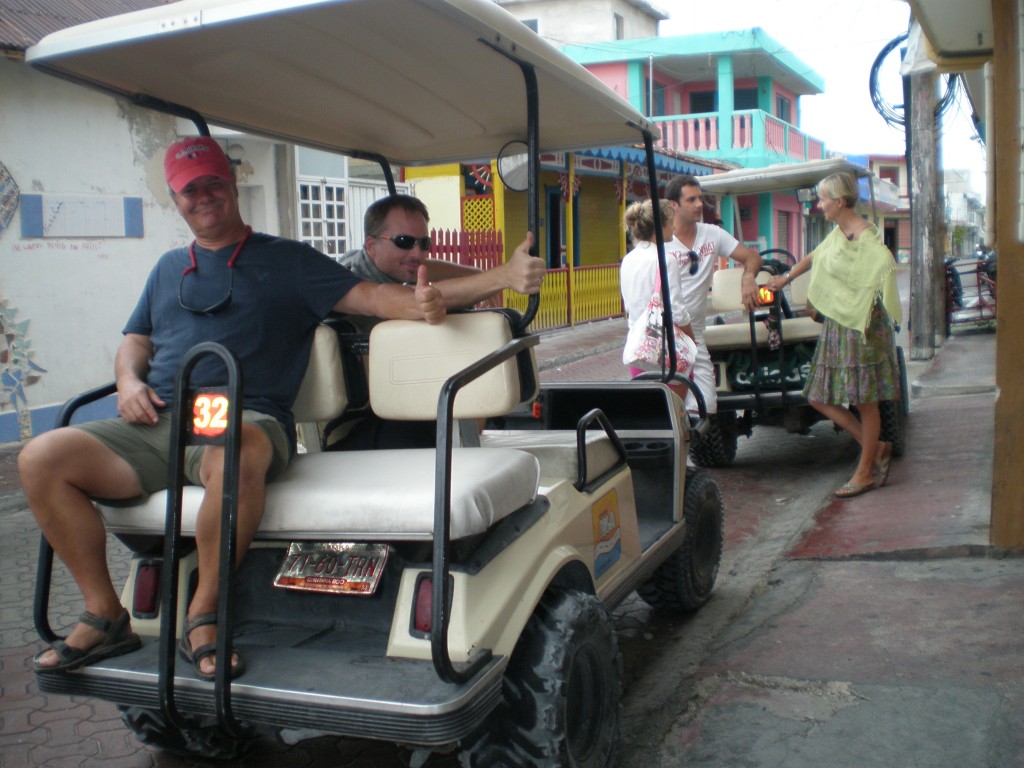
The day started off a bit funky with partly cloudy skies and some spitting rain/drizzle, but there was only a 10% chance of rain overall for the day, so Cris and I weren’t worried about it. Sophie, on the other hand, doesn’t like to get wet, and we got a kick out of her cruising along in the passenger seat of the golf cart Hans was driving while holding her umbrella up over her face so she didn’t get any drizzle splatter. Go ahead…feel free and giggle. I know we did!
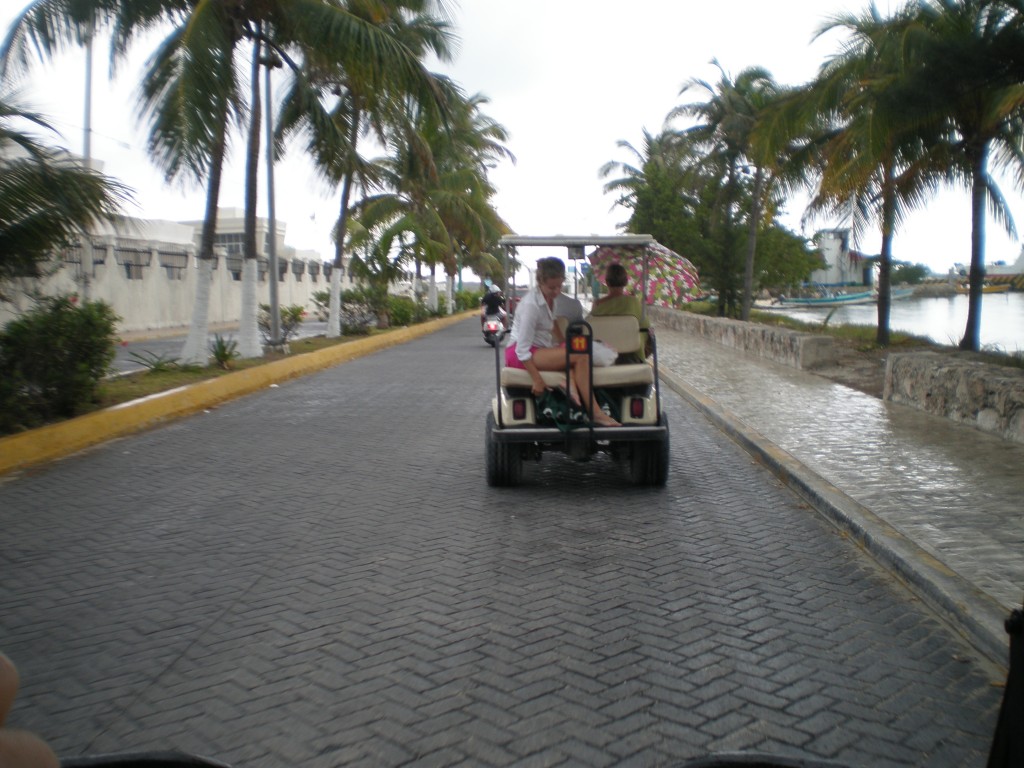
However, by the time we did some cruising around and checked out some of the island property tucked away in the back ends of the south-western section of the island, the clouds had broken and the sun was shining through. When we arrived at the turtle rescue farm it was a bright, sunny day.
Funniest thing? Check out the little guy who is hanging out towards the middle of the shot, soaking up the sun with his back feet splayed out and up in the air. Cris and I couldn’t figure out if he was planking, doing Pilates, or enjoying some morning Yoga. Regardless, he was enjoying himself completely!
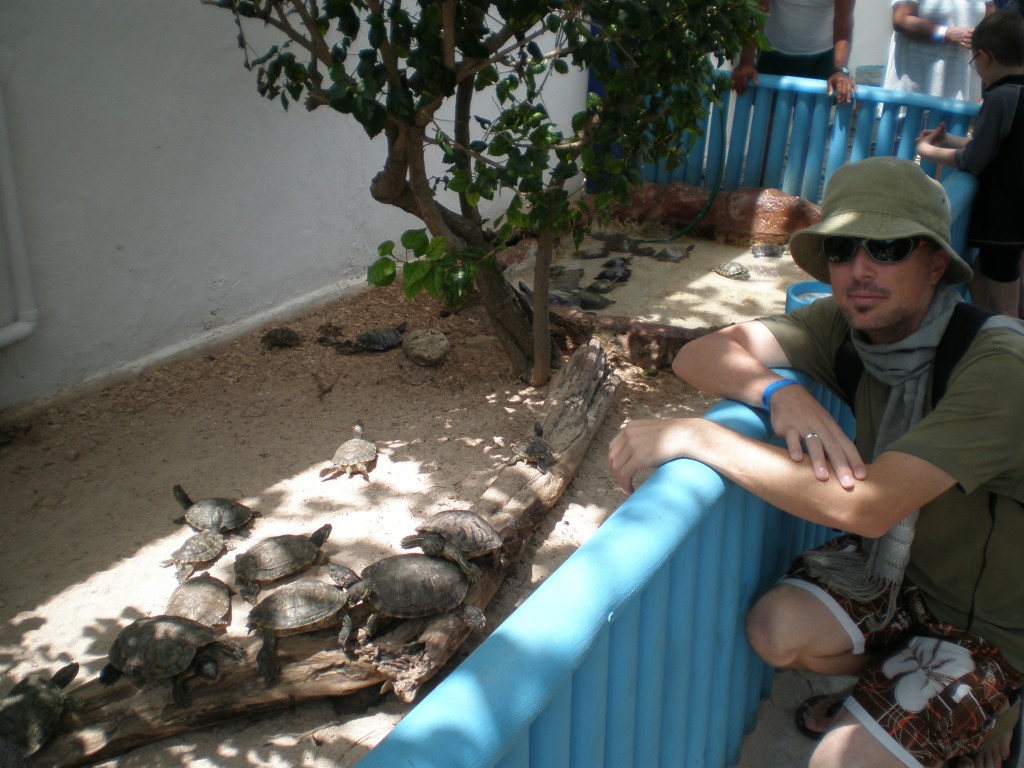
After we finished up at the turtle farm, it was time to cruise around to the south side of the island. While the beaches on the north side are great for soaking in the sun, the island’s best snorkeling, as well as the best views, can only be found on the south end. This is also where the vast majority of the locals live, considering the northern section is the “touristy” part of town where you can find Centro, Playa Norte and all the restaurants + hotels + rental agencies. Granted, there’s a lot of rental properties to find along the outskirts of the island, but the more private the retreat, the more you can expect to pay.
As a general rule, if you want to live on Isla Mujeres and you are looking for a middle-class lifestyle, you can expect to pay roughly what you would in Centro of Cancun. Between $200 to $400 a month for a single individual if you live under the radar, and $600 to $800 if you need extras like constant air conditioning (not really needed with the ocean breeze on a daily basis) and you drink a lot of beer/wine/alcohol.
Once you get around to the south side of the island you get into those turquoise blue waters that Cancun is so famous for. There’s a park here called Parque Garrafon, which is a national park set up by the government. You can buy a day pass which gives you access to the snorkeling and kayaking areas, plus the beach and all the lounge chairs, the restaurant, locker rooms, zipline and more. While it’s easy to spend an entire day just at the park enjoying all the amenities, we were here to explore the entire island with our group, so we only stopped by for some photos.
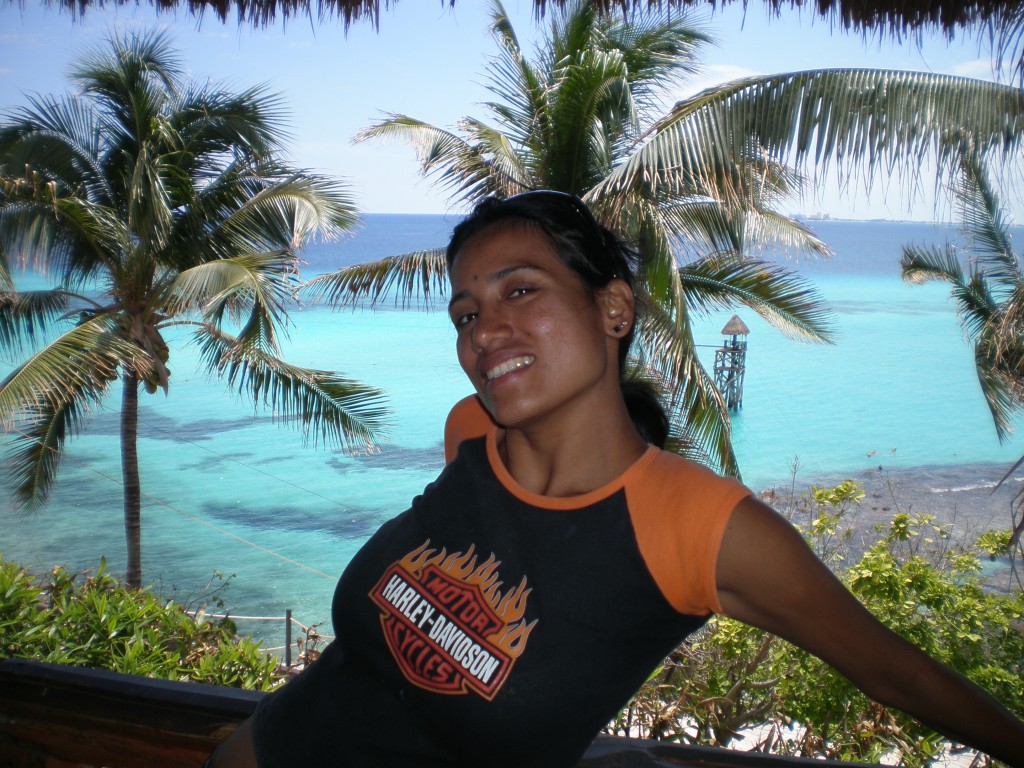
After that, we jetted down to Punta Sur, or the South Point, which is where the lone Maya ruin is located, as well as the lighthouse and the sprawling vista out over the Mexican Caribbean. There’s a restaurant, some tourist shops, a walking trail you can explore, as well as plenty of coastline to enjoy and take photos from. Including a ledge I almost stepped off when they were taking the below shot. Not a long drop, but it would have hurt a little bit =P
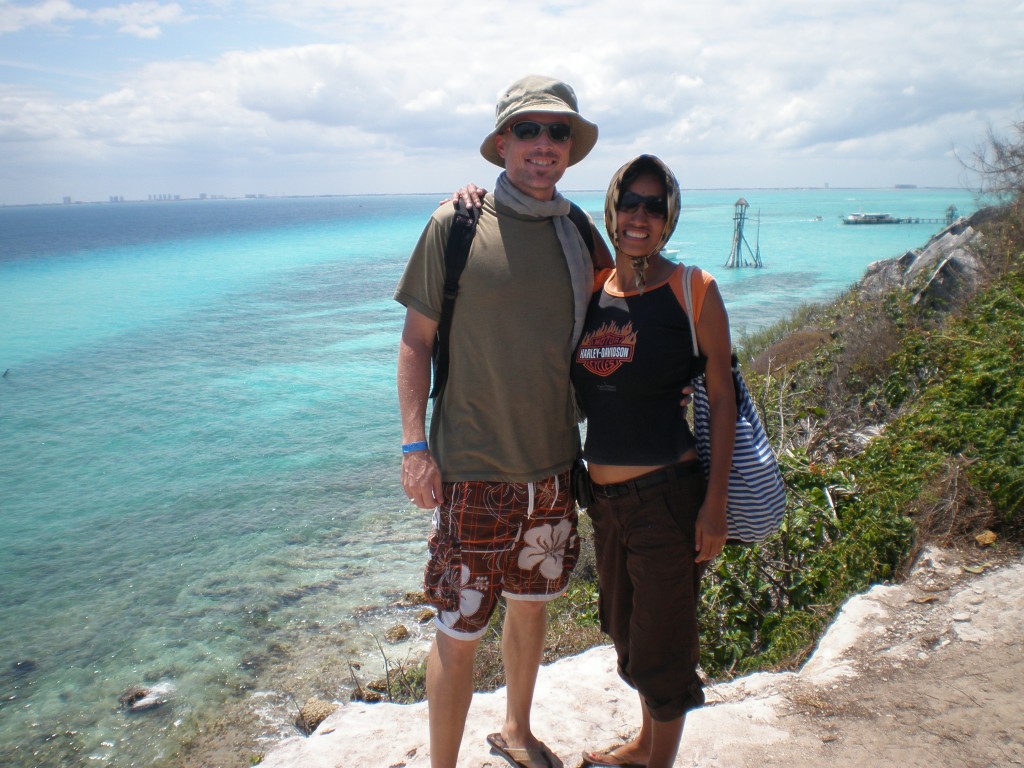
After that, we cruised back to Playa Norte and hit up one of the bars on the beach for a late lunch, beers and some kick-back-and-relax time before we had to take the golf carts back to the rental agency at 4:30. Decent food, cold beers, bit touristy in their prices but that’s what you get when you want to kick it beach-side They had people’s forgotten swimwear and undies up on the ceiling, throwbacks to drunken days and nights out on the beach. Thankfully we didn’t see any skid-marks. And yes, that’s the WiFi code for the restaurant.
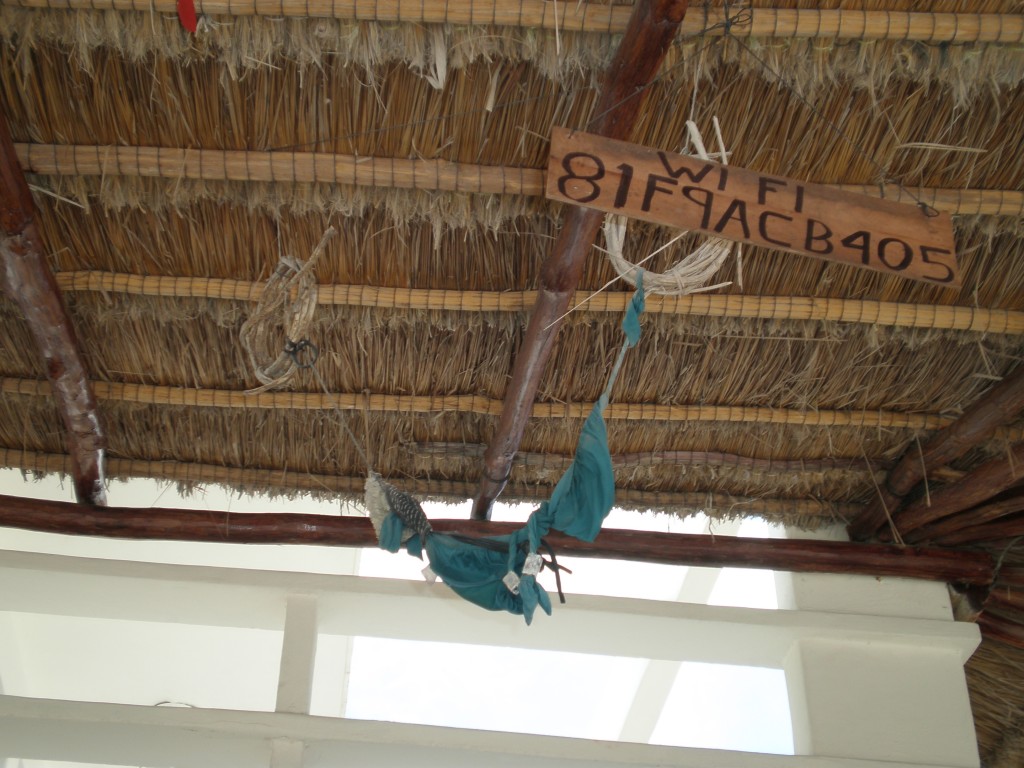
We were pretty wiped out after that point, having been on the island from 10 a.m., so after we turned in our golf carts we headed back to the ferry for the 6 p.m. departure and made our way back to the headquarters for a good night’s sleep before returning to classes the next Monday morning.
To follow along with our adventures with the Destination Freedom Spring of 2013 event, don’t forget to check out the photo galleries at our Google+ and Facebook pages, plus you can check the videos of our recent adventure trip with Snail Adventures over at our YouTube channel. Plus, don’t forget that registration is open for the Summer retreat (July, August and September of 2013) where we’ll be doing the whole thing all over again with a new round of globally-conscious and unplugged adventurers who are ready to take their lives to the next level.
With over 1,500 copies sold, our flagship 568-page eBook is what started it all. Learn how to travel the world like I do: without a budget, with no plans, funded completely by your website and online ventures.
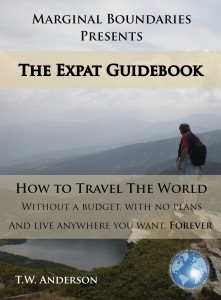 Get Your Copy Today!
Get Your Copy Today!
Unplug from The System, cure yourself of The Greedy Bastard Syndrome, tap into your universal potential and create your own reality. Build a brand, travel the world and realize your cosmic consciousness.
 Get Your Copy Today!
Get Your Copy Today!
